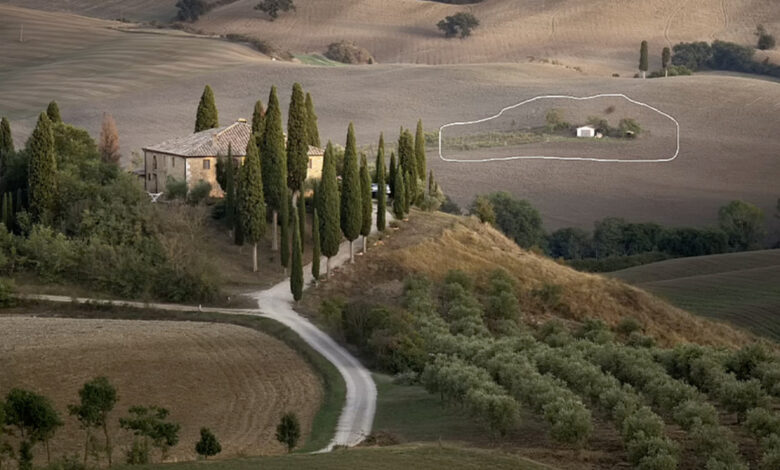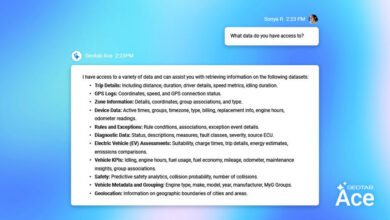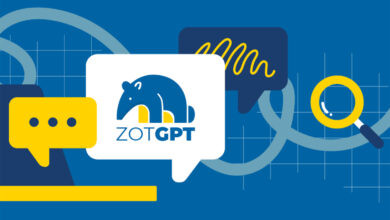How to Remove Distractions With Lightroom’s New Generative AI Tool

Lightroom has always been a powerful tool, but it’s had its limitations. One major challenge has been removing distractions from photos without switching to Photoshop. Adobe’s recent update introduces a game-changing feature: the generative AI erase tool. This tool simplifies the process, allowing you to handle more within Lightroom itself.
Coming to you from Matt Kloskowski, this insightful video explains the new generative AI erase tool in Lightroom. This feature is available in Lightroom Classic, Lightroom, and Adobe Camera Raw. It addresses the need for better distraction removal, a task that previously required Photoshop. The update, found in Lightroom Classic version 13.3 and Lightroom version 7.3, leverages AI to remove unwanted elements from your photos efficiently.
Kloskowski shows how the tool works within the familiar healing and clone stamp interface. The AI-based eraser detects objects and offers multiple variations for you to choose from. This flexibility allows for better results, reducing the need to jump between Lightroom and Photoshop. The process is straightforward: paint over the unwanted object, let the AI do its work, and cycle through the generated variations until you find the best fit. If the results aren’t perfect, you can refresh and get new options.
One of the key benefits of this tool is its ability to handle larger objects and complex backgrounds. Kloskowski demonstrates its effectiveness with several examples, including removing bright spots and distracting elements that previously required Photoshop. Although the tool isn’t flawless and might need some tweaking with cloning or healing tools afterward, it significantly improves the workflow.
Kloskowski also mentions a related feature in Photoshop that allows you to type in prompts for generative AI. This capability, though not yet available in Lightroom, hints at future developments that could further integrate AI into photo editing. For now, the new tool in Lightroom is a significant step forward, making distraction removal faster and more intuitive. Check out the video above for the full rundown from Kloskowski.



